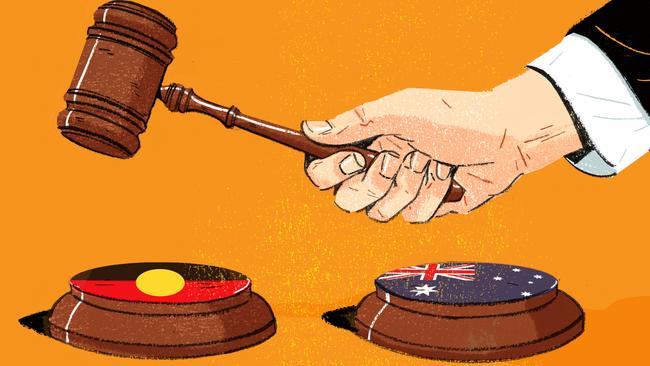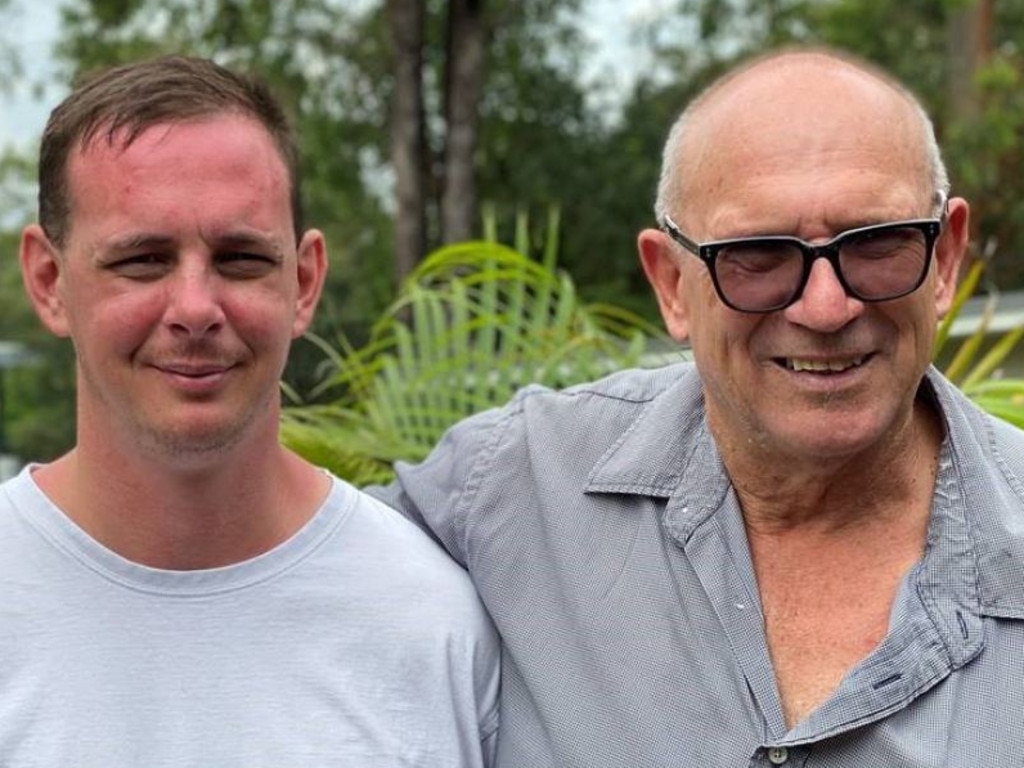High Court deportation ruling puts focus on Aboriginal equality

The case concerned two men of Aboriginal descent, who were born overseas and citizens of New Zealand and Papua New Guinea. Both lived most of their lives in Australia, but neither had obtained Australian citizenship. Both were later convicted of a crime of assault occasioning bodily harm and had their visas cancelled on character grounds.
They challenged the decision to deport them, arguing that the deportation provisions in the Migration Act were based on a power to make laws with respect to “aliens”, and they could not be regarded as aliens because they were Aboriginal people.
While the High Court split on its decision, all members accepted the definition of Aboriginality that had been set out in the Mabo case. This requires that a person be the biological descendant of Aboriginal people who lived in Australia before British settlement, identify as an Aboriginal person and be recognised as an Aboriginal person by the elders or other persons who have traditional authority to do so.
One of the men, who was also recognised by law as a native title holder, clearly met that test. The evidence was less clear as to the recognition of the other man by the relevant elders, so this issue was referred back to the Federal Court for determination.
On the substantive issue, the High Court split by four to three. Justices Bell, Nettle, Gordon and Edelman concluded Aboriginal Australians do not fall under the meaning of “aliens” for constitutional purposes.
An alien is someone who does not belong to a country and can be excluded from it.
Justice Gordon considered that the concept of belonging had to be connected to the territory of Australia. She pointed out that Australian law already recognises the connection between Aboriginal Australians and Australia’s land and waters and that they therefore cannot be classified as “aliens” or foreign to the land and waters of Australia.
She saw native title as just one legal consequence of the common law recognition of the connection between Aboriginal people and Australian lands and waters. The exclusion of Aboriginal Australians from the term “alien” was another. This leaves open the question of whether other legal consequences will be identified in the future.
Justice Edelman also discussed the “powerful spiritual and cultural connections Aboriginal people have generally with the lands of Australia”. He saw their historical and ongoing ties to Australia as “an underlying fundamental truth that cannot be altered or deemed not to exist by legislation”.
The most potentially radical judgment was that of Justice Nettle. He concluded that the crown owes a unique obligation of protection to Aboriginal people, who in turn owe permanent allegiance to the crown. While this does not give them citizenship, it does mean the crown is under an obligation not to cast Aboriginal people out of the country as aliens. This judgment raises much broader questions about what else might arise from the “obligation of protection” on the part of the government, and what obligations are imposed on Aboriginal people due to their permanent allegiance.
The dissenting judges — Chief Justice Kiefel, Justice Gageler and Justice Keane — raised a range of concerns about the majority’s views. Chief Justice Kiefel and Justice Keane could not see how native title rights to particular areas of land could extend to a common connection to the whole territory of Australia and be translated into a right of membership of the Australian community. Justice Keane argued this confused rights of property with citizenship. Aliens can own land in Australia, but still need a visa to visit.
Justice Keane was also critical of the notion of a duty by the crown to protect Aboriginal people and a reciprocal duty of allegiance. He queried whether other Aboriginal people would embrace the “rank paternalism” of this argument.
Justice Gageler raised practical issues about the impact of the decision on Australia’s immigration program. He was concerned about relegating people to a “constitutional netherworld” of non-citizens who are non-aliens. He also objected to the “inference of a race-based constitutional limitation on legislative power”. He referred to it as “creativity”, which is a pointed judicial insult.
Justice Gageler also pointed to proposals for an Aboriginal and Torres Strait Islander “voice to parliament”. He expressed concern that no such voice representing the views of Aboriginal people had informed the court in this case about the potential ramifications of this decision. He contended that if there is to be “constitutionally mandated differential treatment of some or all Aboriginal and Torres Strait Islander people, then the Constitution should be amended to produce that result by referendum”.
The most contentious aspect of the High Court’s judgment is whether it creates “special rights or privileges” for Aboriginal people, and creates a race-based constitutional distinction.
Justice Gordon pointed out that the Constitution does not prohibit special treatment of a race. Indeed, the existing race power in the Constitution positively permits it.
Native title laws already recognise genuine differences based upon history and pre-existing legal rights.
Justice Edelman also noted that equality is not about treating everyone the same. There needs to be appropriate treatment of relevant differences. Whether this judgment does so will be a matter of ongoing debate.
Anne Twomey is a professor of constitutional law at the University of Sydney.





Can an Aboriginal person be treated as an alien and deported from Australia on character grounds? The High Court has decided the answer is “no”, even if that person is a non-citizen.